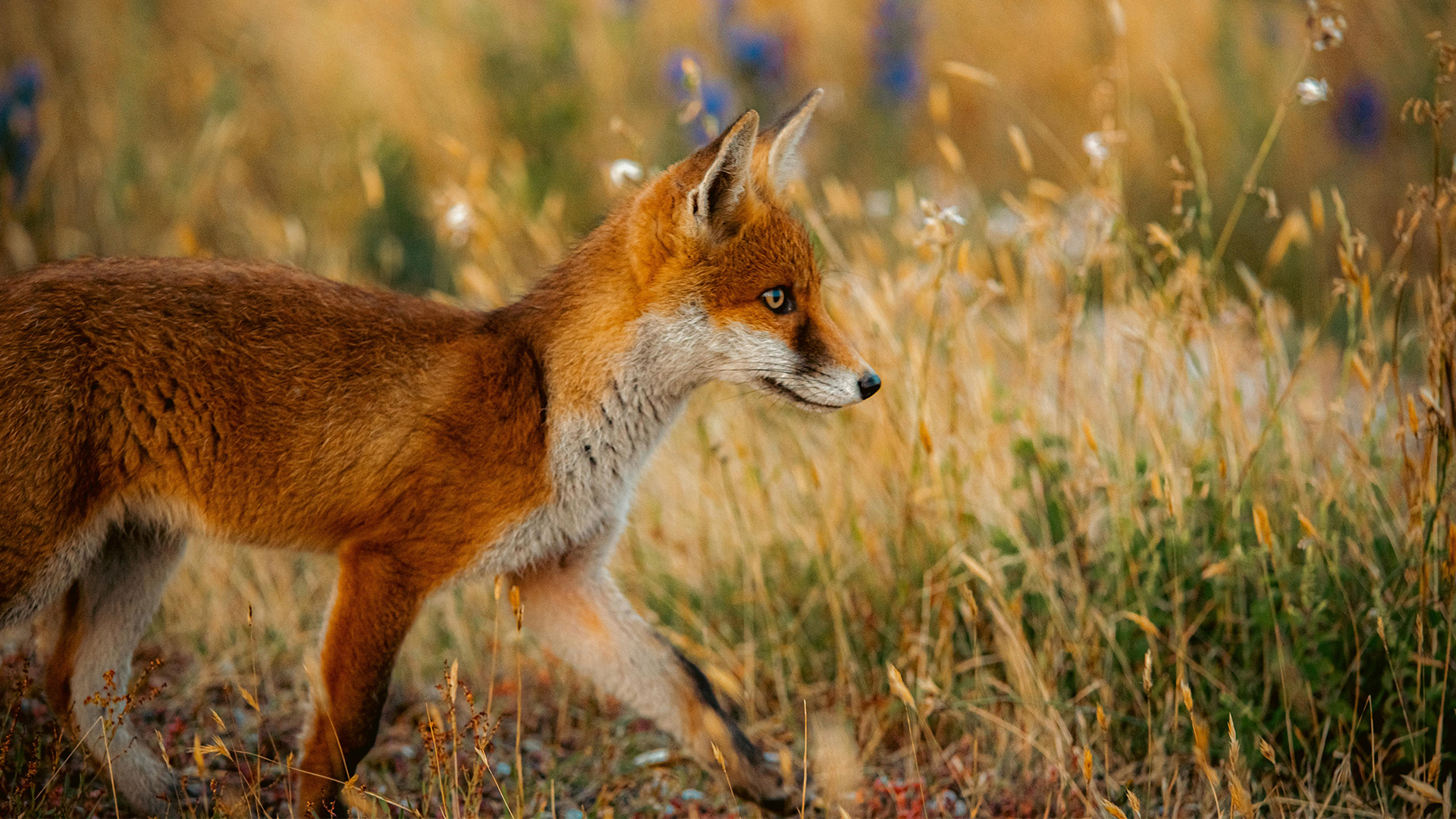Media release
From:
One of Australia’s most devastating invasive predators took just 60 years to colonise the whole continent, according to new Curtin-led research that offers vital clues to help prevent future extinctions of native animals from foxes.
Reconstructing the invasion patterns of foxes using new statistical simulation tools, the new paper has uncovered critical data needed to disentangle the role of foxes in the demise of Australia’s native animals.
Lead author Dr Sean Tomlinson, from Curtin’s School of Molecular and Life Sciences, said researchers used hundreds of first sighting records, and thousands of model simulations, to reconstruct the arrival and spread of the fast and fierce hunters.
“European red foxes and domestic cats brought to Australia by European colonists kill about 300 million native animals in Australia every year and remain the major driver of past and current extinctions,” Dr Tomlinson said.
“Our detailed reconstructions show that foxes filled their potential distribution in Australia in just 60 years, providing new biogeographic data needed to quantify past losses of fauna and help avert future extinctions.”
Australia’s fox population is about 1.7 million and the Invasive Species Council estimates as many as 16 mammals have become extinct mainly or partly because of foxes.
Dr Tomlinson said foxes were deliberately introduced to multiple locations across the country following their initial arrival in 1870.
“Our modelling indicates that foxes quickly expanded their distribution throughout the southeastern corner of Australia between 1870 and 1895, before rapidly spreading in northerly and westerly directions. By 1900, it is likely that foxes had occupied all available habitat in the south-eastern region of Australia,” Dr Tomlinson said.
“Fox colonisation across the northwest of Australia was the final phase of colonisation, with the distribution of foxes being completely infilled in 1940.”
Researchers hope the findings will offer a useful framework for mapping the spread of other invasive species including cats, potentially helping curb Australia's worrying decline in native wildlife.
The research was a collaboration with the University of Adelaide and the University of Copenhagen’s GLOBE Institute as part of an Australian Research Council Discovery Project.
The full paper, titled ‘Reconstructing fox invasion of Australia: A process-based approach using historical sightings’, has been published in Diversity and Distributions and can be viewed online here.



 Australia; International; NSW; VIC; WA
Australia; International; NSW; VIC; WA


